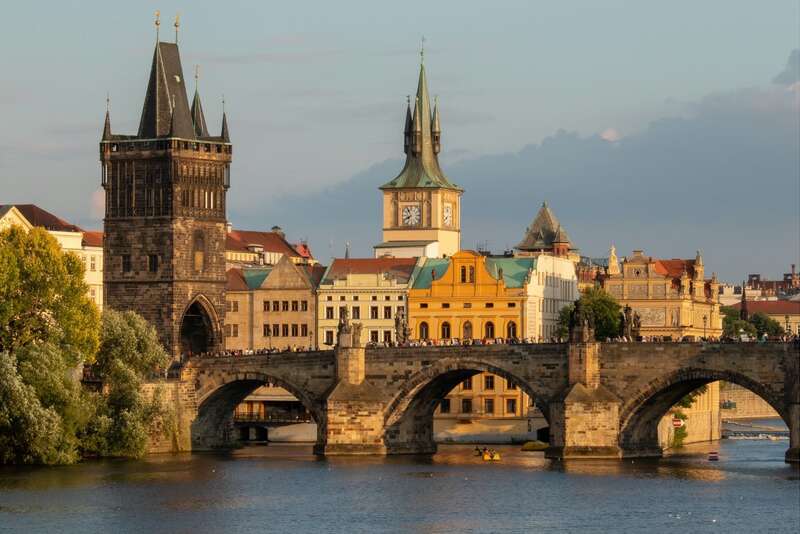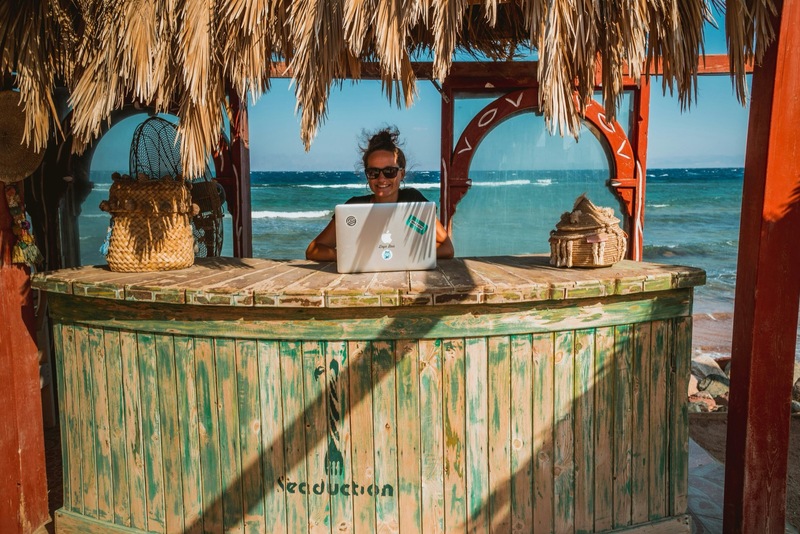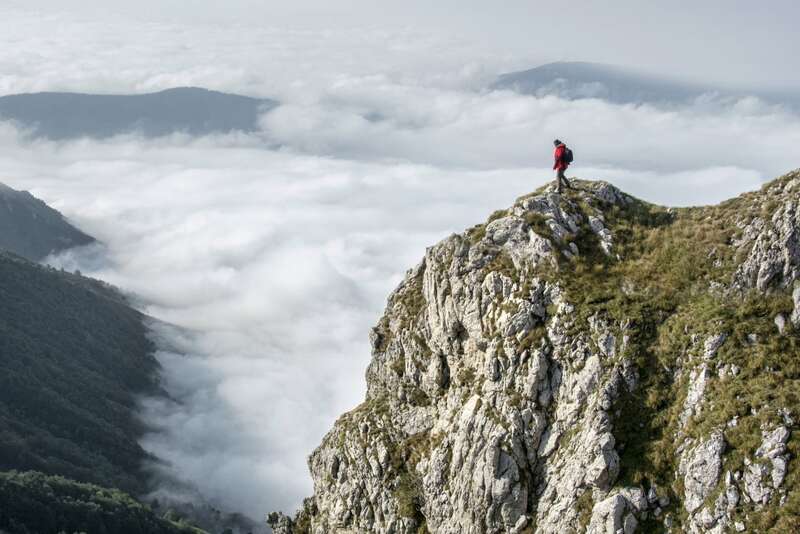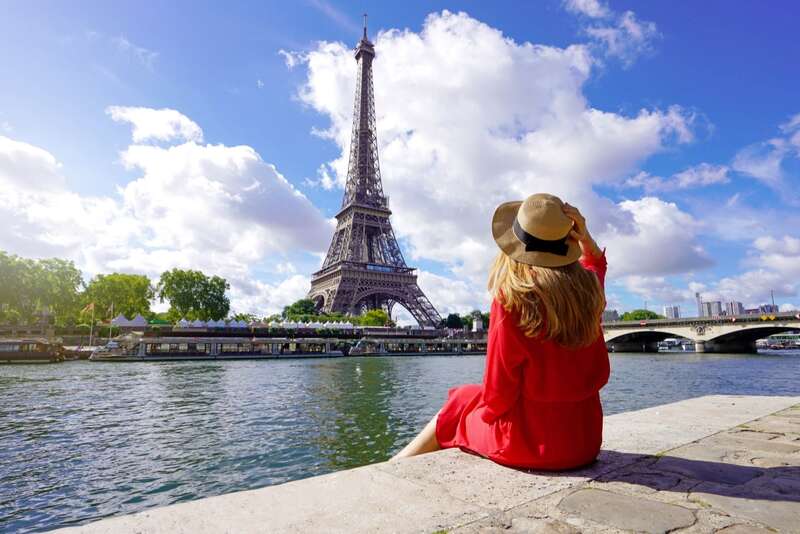Vancouver, one of Canada’s most vibrant and picturesque cities, boasts a rich history brimming with colorful characters and surprising events.
From humble beginnings as a lumber town to becoming the multicultural metropolis it is today, the city’s past is full of remarkable stories. Here are 10 things you probably didn’t know about Vancouver’s history.

1. Gassy Jack and the Birth of Gastown
In 1867, a man named John ‘Gassy Jack’ Deighton arrived at Burrard Inlet and changed Vancouver’s history forever. Known for his gift of gab, Deighton managed to convince a group of mill workers to help him build a saloon in exchange for unlimited whiskey. Remarkably, the Globe Saloon was completed in just 24 hours! This establishment became the heart of what is now Vancouver’s iconic Gastown neighborhood. Deighton’s nickname, “Gassy Jack,” stuck, and today, his legacy lives on in the bustling streets of the area. For those looking to immerse themselves in the charm of Gastown, book Vancouver for an unforgettable stay.

2. Vancouver’s Real Estate Bargains—Once Upon a Time
Imagine buying a property in Vancouver for less than $10. It almost seems impossible today, but in 1919, over 2,000 Vancouver properties were auctioned off due to unpaid taxes. Some properties were sold for an astonishingly low price—less than $10. Though property values have skyrocketed in the city today, this moment in history reminds us of how much Vancouver has evolved in just over a century.
3. Three Newspapers for a Tiny Population
In 1886, Vancouver was a small town with a population of just 1,000 people, but it had three daily newspapers! The city’s thirst for news was already evident, and these papers helped keep the community informed as Vancouver grew. This early enthusiasm for media would go on to shape the city’s vibrant news and cultural scene in the years to come.
4. The Curious Case of Stanley Park’s Squirrels
Stanley Park is one of Vancouver’s most beloved landmarks, but few know the surprising origin of the grey squirrels that inhabit its green spaces. In 1909, eight pairs of grey squirrels were gifted to the city by New York City. The squirrels thrived in their new home, and today, the park is famous for its large population of these cheeky creatures. So, the next time you spot a squirrel in Stanley Park, remember—it’s a piece of history running across the path!

5. Joe Fortes: Vancouver’s Lifeguard Legend
Joe Fortes is a Vancouver legend, known for his heroic work as a lifeguard at English Bay. Fortes saved countless lives and was widely beloved by locals. When he passed away in 1922, his funeral at Holy Rosary Cathedral became the largest attended service in Vancouver’s history at that time. His legacy lives on through the Joe Fortes Library and a statue of him at English Bay, a lasting tribute to his commitment to the city.
6. The PNE Breaks Records
The Pacific National Exhibition (PNE) has been a Vancouver staple for over a century, but in 1962, it hit a major milestone. For the first time, the PNE’s attendance surpassed one million visitors. Since then, the event has rarely seen a dip below that number, solidifying its status as one of Vancouver’s most important cultural attractions. The PNE continues to be a major draw for locals and tourists alike, offering a variety of entertainment, food, and exhibitions every summer.
7. A Milestone in Aviation History
In 1925, the first seaplane flight from Montreal to Vancouver was completed, marking a significant achievement in aviation. The journey took eight days and was a pioneering effort in long-distance air travel. At the time, such a flight was a monumental feat of engineering and adventure, showcasing Vancouver’s early role in pushing the boundaries of technology and exploration.
8. The Lost Lagoon Fountain’s Journey
Stanley Park’s Lost Lagoon is one of the city’s most scenic spots, and it’s home to a quirky piece of Vancouver’s history. The fountain in the lagoon, installed in 1936, was originally purchased from Chicago after being left over from the city’s World’s Fair. The fountain still graces the park today, adding an elegant touch to one of Vancouver’s most cherished public spaces.
9. The Birth of Greenpeace
In 1971, Vancouver became the birthplace of one of the world’s most influential environmental organizations: Greenpeace. Founded by a small group of activists, Greenpeace’s mission was to raise awareness about environmental issues and promote peace. Today, Greenpeace operates internationally, continuing its work to protect the planet. Vancouver’s role in the formation of this global movement reflects the city’s long-standing commitment to environmental stewardship.
10. Moby Doll: The First Killer Whale in Captivity
In 1964, the Vancouver Aquarium captured Moby Doll, the first killer whale ever studied in captivity. The whale was initially thought to be female, but it was later discovered that Moby was, in fact, male. This marked the beginning of a new era in marine research, as scientists began studying Moby’s behavior and physiology. Moby’s time in captivity sparked debates about the ethics of keeping whales in zoos, and the event remains a controversial chapter in Vancouver’s history.

Photo source: depositphotos.com













Write Your Comment
Please DO NOT include links, URLs or HTML in your comments - they will be automated deleted and you will waste your time.